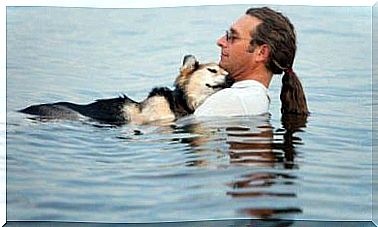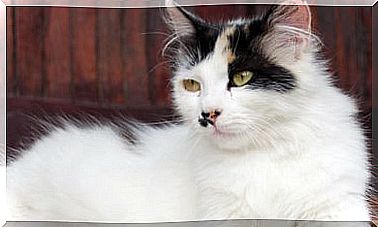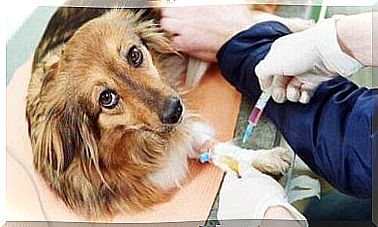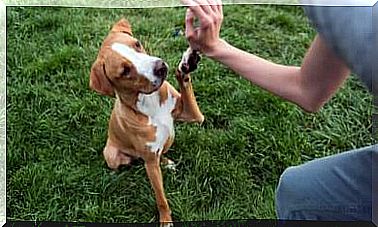Can Lice Be Infected Between Humans And Animals?

Both people and animals, including cats and dogs, can get lice. Nonetheless, lice contagion between humans and animals is impossible. Below we will explain why.
That is why the contagion of lice between humans and animals cannot take place
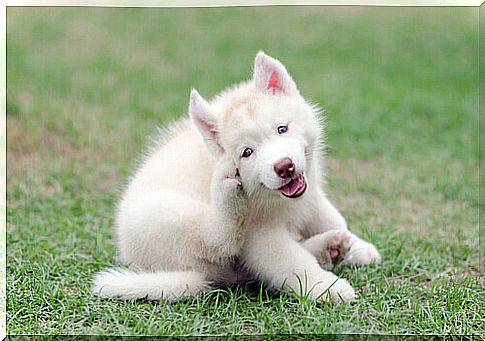
There are more than 3,000 different varieties of lice, each with a specific name. Head lice are insects and behave like parasites in the animals they live in. In other words, they need a specific host to be able to survive. For this reason, lice affecting pets cannot infect humans, and vice versa.
In fact, the pediculus humanus capitis, those annoying tenants who sometimes move on our heads, are typical of them humans: they could not survive on a dog or a cat. The same goes for lice that affect animals. We do not serve their purposes.
So keep in mind that products used to eliminate human lice should not be used on pets. Similarly, the treatment that the vet will give your dog or cat to rid them of insects should not be used on you or your children.
Lice affecting animals do not attach themselves to humans, just as those that inhabit our dogs or cats cannot survive on our head.
Characteristics of lice living on human heads
The lice that live on the heads of men do not exceed 3 millimeters in length, have an ovoid shape and have a color that varies from yellow to brown, depending on the amount of human blood present in their body; their eggs are called nits, and they can measure from 0.3 to 0.8 millimeters.
Contrary to popular belief, they neither jump nor fly, as they are wingless. However, being able to move at a speed ranging from 6 to 30 centimeters per minute, they are able to easily pass between the heads of two people in contact. And while they pose no health threat, they are a truly annoying ailment.
The typical itch that lice produce on the scalp is due to the bites they feed on our blood. While they cannot survive longer than 48 hours away from a human head, they resist hair washes and holy water.
Cats, dogs and lice
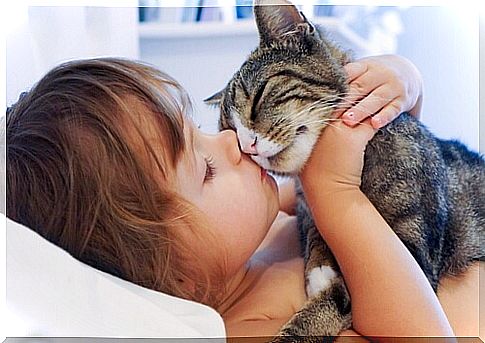
The chances of a healthy pet getting lice are very low. Generally, they appear in poorly fed animals during early life or in old age. In any case, if you suspect that one of your four-legged friends is affected by this type of ectoparasites, do not despair: they are easier to eliminate than fleas or ticks.
The lice species that most frequently attack our animals are the following:
Felicola subrostratus
- It can affect cats all over the planet
- These are chewing insects that measure between 1.2 and 1.3 millimeters
- They proliferate more on older and abandoned cats, especially long-haired ones.
Heterodoxus spiniger
- They affect dogs all over the world, except Europeans
- They are chewers and can reach 5 millimeters in length
- They are originally from Australia: they passed from dingo to settler dogs.
Trichodectes canis
- It reaches dogs from all continents
- They have a longitude ranging between 1.5 and 2 millimeters
- They tend to position themselves more on the head, neck, ears and torso of animals.
Both of the three types of lice listed can promote the transmission of, for example, Dipylidium caninum, a cosmopolitan parasitic worm of canines and felids.
Check daily and act quickly
Keep in mind that neither humans nor animals run the risk of being disabled by these unwanted insects. The best way to avoid them is to always be on the alert and keep an eye on your children’s heads and your pets’ fur, and act quickly if lice are discovered.
Consult your doctor or veterinarian, as appropriate, so that they can advise you on the best method to eliminate them without harming anyone’s health.


